Sitting down for dinner in Japan requires a certain amount of dedication, especially if you’re not familiar with the endless rules surrounding dining etiquette. Many of those guidelines concern themselves with how to use chopsticks (hashi) or, more importantly, how not to use them. Things like, sticking your chopsticks in rice, or passing food from chopstick to chopstick, are all well-known to be dinner-table-faux pas (because of their association with funeral proceedings). But the question of what exactly you’re supposed to do with your chopsticks during a meal can be the cause of much tension and anxiety.
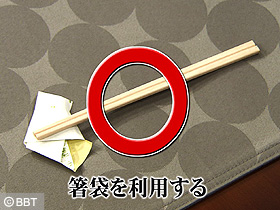
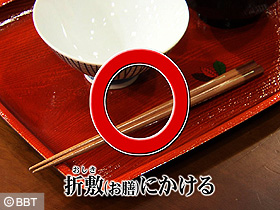 image source: BBT
image source: BBT
If you’re in a fancy restaurant, chances are you’ve been provided with hashi-oki, typically a porcelain placeholder where you can rest your chopsticks when they’re not in your face. If not, you’re left to fend for yourself: either fold your own placeholder with the paper packaging or, never stop eating. Although preferable, the latter breaks its own code of manners.
Here to take the guesswork out of chopstick etiquette are designers Takeshi Hamana and Yuya Iwagaki who have created “temotoasobi,” an elegant packaging design for chopsticks that includes origami-like folding directions to create your own rest.
If you’re up for the challenge you can also attempt to fold more complicated chopstick rests like a boat or a swan.

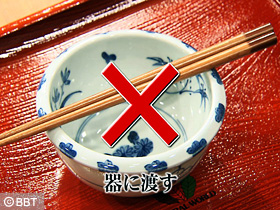

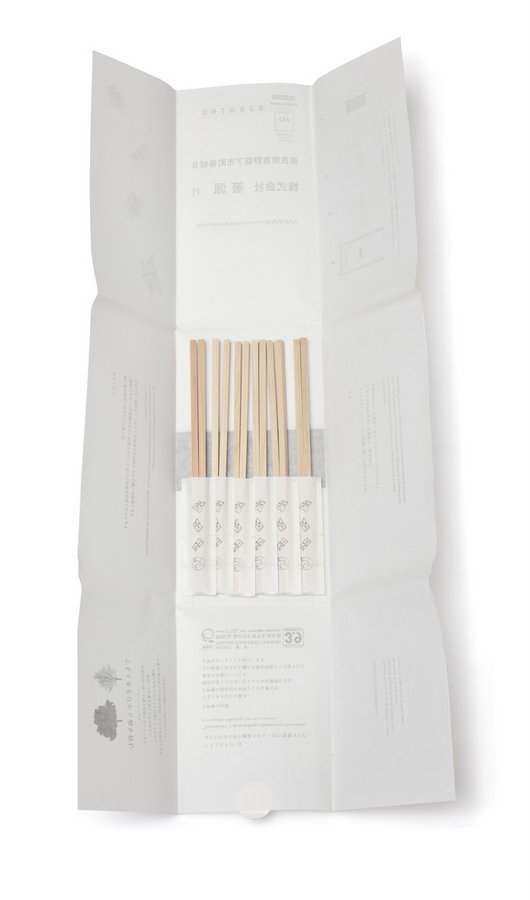



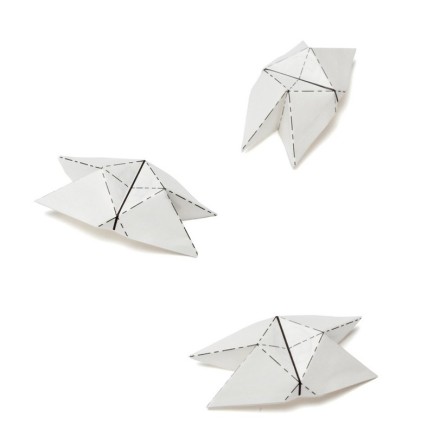

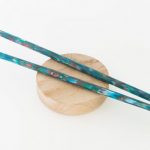
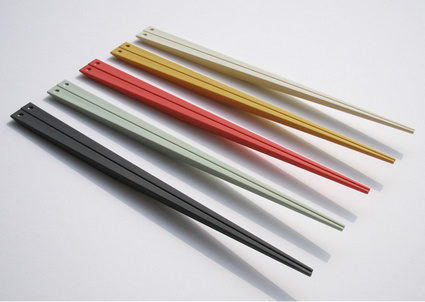
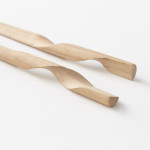
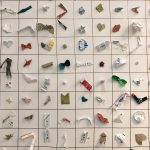


















June 4, 2012 at 3:55 am
with all the etiquette rules governing its placement while not in use, where are you going to place the chopsticks while you use both hands to fold its rest?